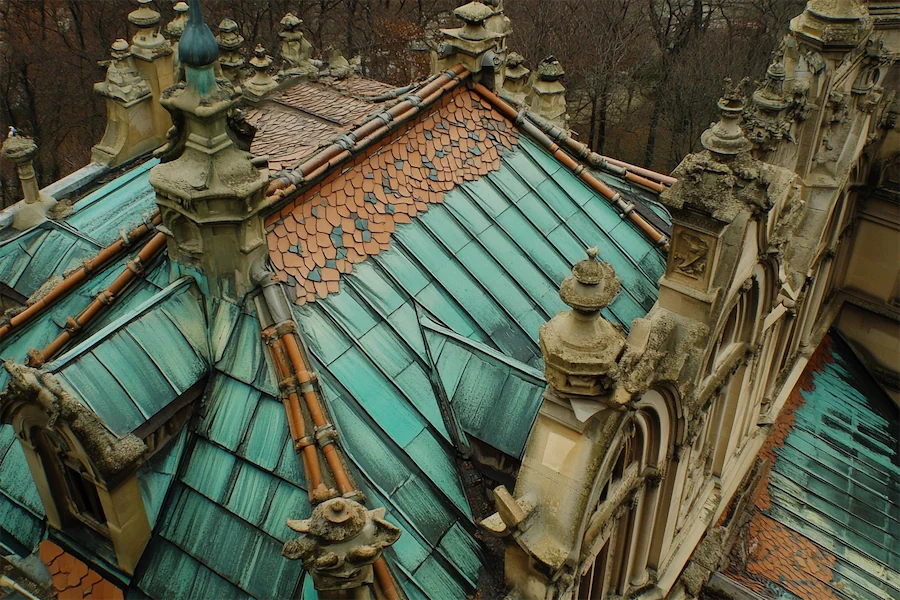Renaissance architecture, flourishing between the 15th and 17th centuries, marked a revival of classical Greek and Roman design principles. This era introduced distinct roofing styles that combined functionality with aesthetic appeal.
History and Origins of Renaissance Roofs
During the Renaissance, architects sought to move away from the Gothic style, embracing classical elements. Roofs became integral in expressing symmetry and proportion, often featuring low-pitched or flat designs adorned with decorative elements. The reintroduction of domes, inspired by ancient Roman architecture, became a hallmark of this period.
Key Features of Renaissance Roofs
- Domes and Cupolas: Central to Renaissance roofing, domes symbolized architectural ingenuity. Notable examples include Brunelleschi’s dome of Florence Cathedral, characterized by its double-shell structure.
- Low-Pitched or Flat Roofs: Contrary to the steep slopes of Gothic architecture, Renaissance roofs often had gentle slopes or were flat, emphasizing horizontal lines and geometric harmony.
- Decorative Gables: The Dutch gable, featuring curved sides and a pediment, added ornate detailing to structures, blending functionality with artistry.
Applications of Renaissance Roofs
Renaissance roofing styles were employed in various structures:
- Religious Buildings: Cathedrals and churches showcased grand domes, such as St. Peter’s Basilica in Rome, reflecting spiritual and architectural aspirations.
- Civic Structures: Town halls and public buildings featured symmetrical facades with decorative gables, symbolizing civic pride and stability.
- Residential Palaces: Noble residences incorporated low-pitched roofs and elaborate cornices, exemplifying wealth and adherence to classical aesthetics.
Considerations When Choosing Renaissance Roofs
When exploring Renaissance roofing designs, consider:
- Structural Integrity: The engineering of domes requires precise calculations to ensure stability, especially when replicating historical methods.
- Material Selection: Traditional materials like terracotta tiles or lead were commonly used; modern adaptations may require substitutes that preserve the original appearance.
- Aesthetic Consistency: Ensuring that roofing elements align with the overall architectural style is crucial for maintaining historical authenticity.
Conclusion
Renaissance roofs are a testament to the era’s architectural innovation, blending classical inspiration with new engineering feats. Their enduring beauty and structural ingenuity continue to influence contemporary architecture, reminding us of a time when art and science seamlessly converged.
